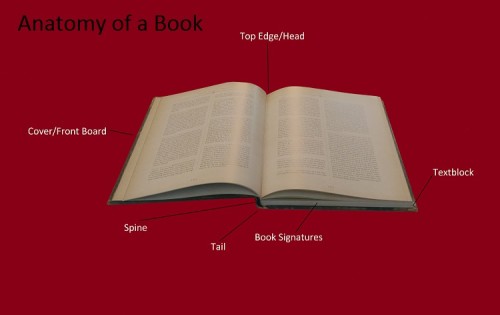Uncertain what to discuss in this blog post, I decided to engage in a little crowdsourcing—hoping my friends might be able to come up with a new and interesting idea for me. However, when I asked them what they wanted to know about book publishing, I was surprised by the variety of their questions. Instead of selecting just one of their suggestions, I decided to be a bit daring and take a few of them on. I’ve rewritten their responses for brevity’s sake, combined a few others, and removed any expletives (we all have that friend who is perhaps a touch more expressive with their language choices).
-
- What influences the decisions a publisher makes about cover art?
Several factors go into the a book’s cover design, particularly its overall budget. Happily, Ooligan Press has a touch more freedom here, encouraging students to submit their ideas or designs for any project that interests them. Current trends in cover art within the book’s genre are taken into account, as well as the author’s preferences. So yes, there is a reason so many young adult covers feature young women in frilly dresses, turning slightly away from the frame. It’s a trend that continues to do well in the industry. For a little more on that, look here.
-
- How do publishers decide on the size and shape of a particular book?
This depends almost entirely on the publisher. Although mass-market paperbacks are often of a similar size, that is not entirely the case for trade paperbacks or even hardcovers. Like with cover art, much of this decision comes down to cost. However, every situation is unique. An author with a particularly good track record will likely have more attention paid to the materials selected for their book. Conversely, a publisher may choose to take a bigger risk on a particularly interesting project. In Ooligan’s case, we also take environmental concerns into account, trying to use renewable resources when we choose how our books appear.
-
- What about the money side of things? What is the stakeholders’ involvement in the acquisitions process?
This question surprised me. At Ooligan, everything comes down to what the students are interested in—while also taking into account what is best for the press. I was surprised to discover that it isn’t so different in the corporate world. A stakeholder might be able to choose to support a publisher whose mission statement is particularly appealing; however, the press has the ultimate power when it comes to selecting which manuscripts to publish. Usually this is determined in pitch meetings in which members of the press can discuss a manuscript’s potential for the press. When Ooligan’s acquisitions department pitches new manuscripts, they research the necessary budget for the work, the literary trends that might affect the manuscript’s success, and any problems that might need to be addressed before the final product hits the shelves.
-
- Why are books in stores placed where they are?
Publishers usually have the option of committing a larger portion of a book’s sales to place their book in a better location in the bookstore (like on endcaps or display tables). Larger bookstores and chains will certainly offer this service (called “paid placement” or “co-ops”) to publishers, but even smaller independent bookstores have begun to do it. Even books that show up higher on Amazon’s search lists might have taken advantage of this option.
-
- How did Fifty Shades of Grey happen?
This may be a question that comes up in every class I have taken in the Book Publishing program. There had been no precedent set before Fifty Shades, and yet the book seems to have completely taken off, beginning a whole new trend in the publishing industry. The author was able to slowly collect fans and interest as she published portions of her manuscript as serial postings of Twilight fan fiction. When she had enough attention, she was able to convert the fan fiction into a new story that never directly referenced the work that it was based off of. For more information on this book’s story, look here. I could write a dissertation on this series’ evolution. It should be noted that word of mouth (every publisher’s dream) from fans of both the original fan fiction as well as the self-published work played a huge role in generating interest in the series.
I hope this helps anyone trying to get a conversation started with friends and acquaintances about what they do. While several people also inquired about the acquisition process, I felt that I could not properly cover it in just a short paragraph, but for Ooligan Press’s submission guidelines, go here. I’d like to give a special thanks to Kent Watson of Pubwest and PSU’s instructor of the Business of Book Publishing class for his help with a few of these questions. The publishing industry is an interesting one, and we at Ooligan love the chance to help and inform anyone interested in it.

